Home
Hydraulic Pressure
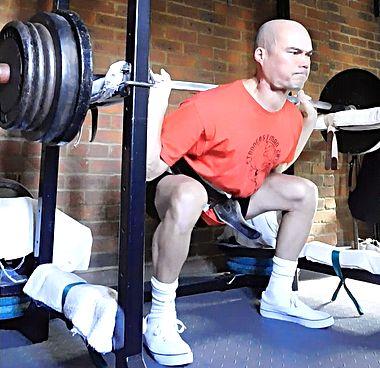
Preamble
Its a fair bet that everyone has suffered back pain at some time in their life. There can be any number of reasons for this and the source of pain can come from any number of locations. However for the most part this pain is probably from uneven pressure applied to the intervertebral discs of the lower back. Arching your back whilst increasing intra-abdominal pressure can go a long way in preventing this happening.
Intra-Abdominal Pressure
I heard somewhere that when scientists first calculated how much weight the spine should be able to lift they were somewhat surprised to discover that it shouldn’t be able to hold as much as it actually did, it also puzzled them that the force on the discs was a lot less than the calculations indicated. This is the sort of calculation I assumed they did:
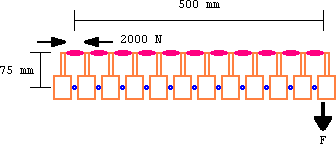

The same principle could also be applied if the force was applied vertically:
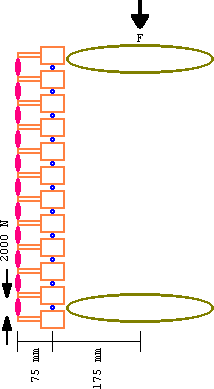

Of course the reason that their calculations didn’t reflect reality was that they failed to take into account the hydraulic effect of the torso. Thus:
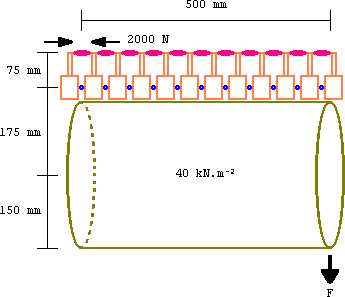

Similarly:
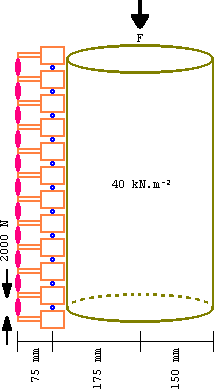

Discussion
Lets compare the figures;
Note that in each example the model's back muscles are taken to exert a maximum force of 2000 N. This is the combined force of the muscles acting at this level rather than just being a single muscle connecting the spinous processes.
When doing a hyperextension type move the person can support 300 N, his vertebral disc is exposed to 2022.4 N at an angle of 8.5°. With hydraulic support he is able to support 1289.6 N but the force on his vertebral disc is negative 1532.2 N at an angle of 57.3° - which may explain the restorative effects of hyperextension type moves.
When doing a squat type move the person can support 857.1 N, his vertebral disc is exposed to 2857.1 N of force. With hydraulic support he is able to support 3684.6 N but the force on his vertebral disc is still 2857.1 N.
The figures and diagrams though illustrative are roughly in line with those that occur in the body thus they clearly show the dramatic difference that hydraulic support can offer, there is however much debate as to exactly how much support IAP offers.
The muscular effort from hydraulic support comes from the transverse muscles of the waist and torso, the force that these muscles exert has been referred to as 'hoop' tension. This support is partly hydraulic (fluid based) as well as partly gaseous (air based) - thus maximal support is offered when the breath is held.
It should be noted the hoop tension depends on muscular effort, thus one literally flexes the muscles all around the waist and torso to maintain the pressure. Note also that my model suggest that this hoop tension offers greater lifting ability than the back muscles alone.
The length of the spine in a vertical support lift doesn't come into the calculation unless there is a horizontal component. Thus if the spine were to lean from the vertical or bend like a bow this would have to be taken into account
An experienced lifter will use as much IAP (and ITP (intra-thoracic pressure)) as possible - in a squat for example this pressure is very noticeable and even more noticeable when a belt is donned. The belt offers no elastic recoil (it being inelastic) instead it stops the abs bulging and thus the muscles can generate more force and so more weight is lifted.
Summary
In all calculations forces must balance and torques must balance.
References
-
Hackett, DA and Chow, C-M 2013 The Valsalva Maneuver Its Effect on Intra-abdominal Pressure and Safety Issues During Resistance Exercise J Strength Cond Res 27(8): 2338–2345, 2013
-
Harman, E et al 1988 Effects of a Belt on Intra-Abdominal Pressure during Weight Lifting US Army Research Institute of Environmental Medicine
-
Lutfi, M 2018 What does a weightlifting belt do?
27th September 2023